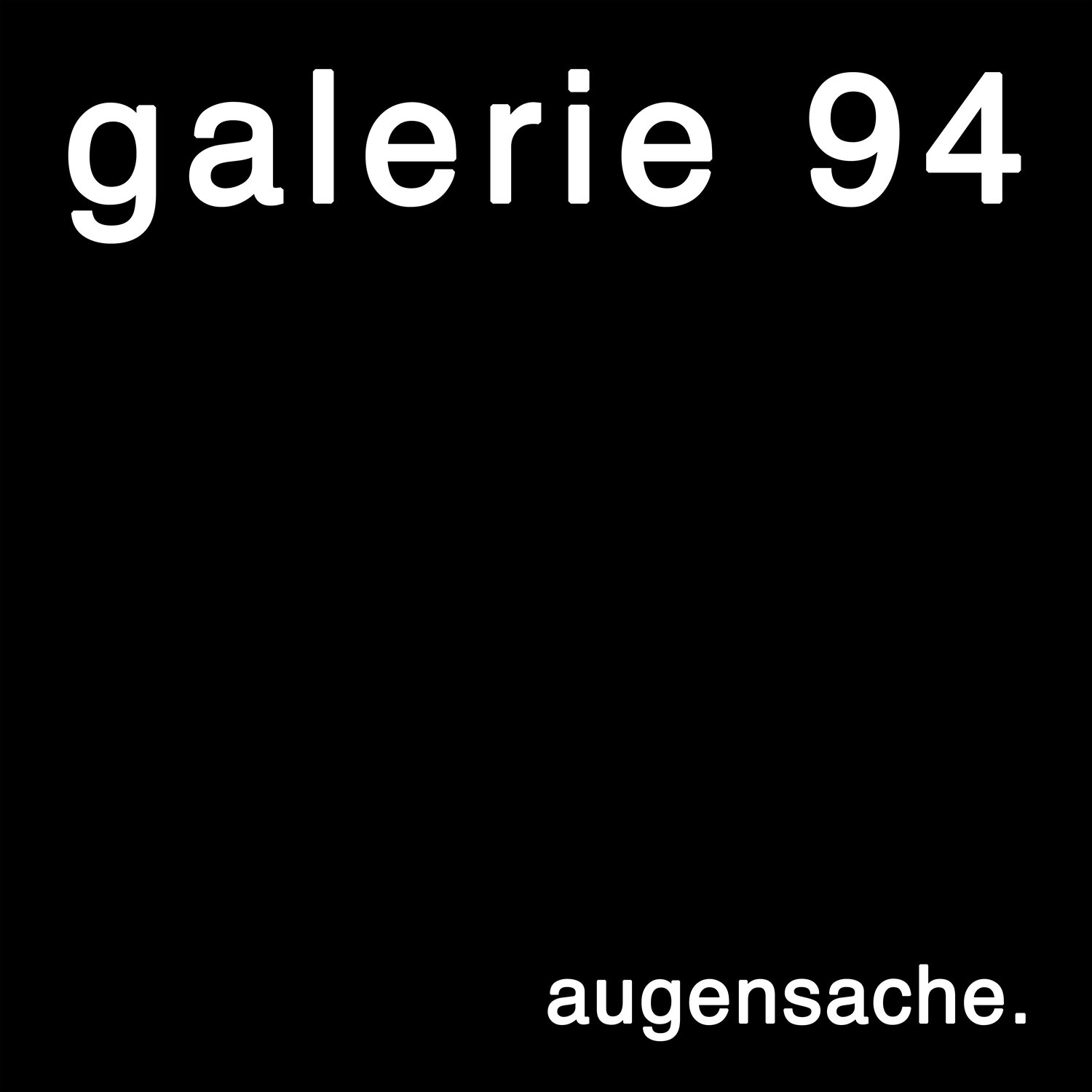Nelly Frei
Guido Gläser
GOTTHARDSÜD
Exhibition:
May 17 to June 29, 2024
Opening:
Thursday, May 16, 2024, 18.30h
Introduction by Catrina Sonderegger
Artist Talk:
Saturday, May 25, 2024, 15h
Finissage:
Saturday, June 29, 2024, 13-17h
Opening hours:
Wednesday to Friday 17-19h, Saturday 13-17h,
additionally Sunday, May 26, 2024, 13 - 16h
or by appointment
Presence artist couple:
May 16, May 18, May 25, May 26, June 1, June 22, June 29
GOTTHARDSÜD
The day begins at around 8.30 a.m. with the train journey from Bellinzona to Biasca. The deeply carved valleys are still in the shade. It takes patience for the sun to reach the last spot in the valley. Gotthard South, after all. Nelly frei and Guido Gläser's studio is located in the center of Biasca, just a few meters from the Gambrinus bar in Piazza Centrale. Their joint artistic work began in the new century, more than 20 years ago. During this time, they have moved several times to new surroundings; in Baden, in Ostra/Italy, in Bellinzona and for the last 2 years in Biasca.
Arriving in a new environment without knowledge of the local art scene, in a new studio, the new language, etc. challenges and enriches the artist couple and gives them space to take a look back at their previous work. The works for Galerie 94 have been created in the last two years and demonstrate the influence of a new working environment on their artistic work. Working together as artists makes it all easier and it is a great gift for Frei/Gläser to share this journey, this constant search.
Their works are nourished by the dialog with each other, they are a mutual source of inspiration and a source of friction. As this exhibition shows, the works are kindred spirits but independent in both materiality and approach. Nevertheless, they show unmistakable characteristics.
Nelly Frei
Frei's workstation is located at the back of the room. A large table is covered with various instant materials. The artworks are created by working with branches, clay and cardboard. The finished objects appear archaic, reduced and purist; the artist's main concern is her affinity and closeness to nature and her awareness of our resources and how we use them. The manipulation of the surface, the painting of the branches completely changes the character of the original material, the resulting alienated forms are surprising. Nelly Frei takes a playful approach to the creation of form; a concrete goal is not a priority, rather inner emotions allow the work to progress. Central to her work is always the freedom of individual artistic creation and the freedom of the viewer with his or her own feelings.
Back to the exhibition at Galerie 94, where Frei's two-dimensional works used to predominate, three-dimensional works now dominate. What remains are the stripes. The stripes of the forays. Forays into the landscape. On display are objects with combinations of ceramics with branches, bronze sculptures with branches and free ceramic forms. The works on display reveal an equally passionate and sensitive artist who knows how to bring the haptic and the intuitive, spontaneous and unpolished expression into a reduced form.
Guido Gläser
Guido Gläser has been working with paintings, objects and installations for over a quarter of a century. At Galerie 94 he is showing works from the last 2 - 3 years, i.e. just a small glimpse through the crack in the door into his world.
His first source of inspiration was his encounter with the paintings of Nicolas de Stael in the 1990s and this had consequences... The power of color, in loud and soft tones, the compositions and his haptic application of paint reached Gläser involuntarily.
That was at the end of the nineties, starting with abstract painting on canvas. Conceptual art and the new media were booming at the time, but Guido Gläser remained faithful to painting. Influenced by artists and art movements, he tried to find what he was looking for, which he could never quite grasp. He often told himself that doubt kept his engine running. In 2006, Gläser simplified his pictorial language, his interest tended towards serial structures, above all large-format pictures with grid structures. The dissolution into magical pictorial spaces, into fields of association, was a logical consequence of his character of not continuing, but moving on.
With the pandemic, Guido Gläser's work blurred into the indefinite, into the approximate.
The new studio in Biasca, bright and white, an empty table, did him good. The basic geometric structures of the de Stijl movement, the Bauhaus artists and concrete art were suddenly close to him. From this, he developed a group of works for the exhibition at Galerie 94. The pictures are all painted on cardboard bodies, like everything else in oil paint - his preferred color - and color plays a very important role in his artistic work.
The cardboard bodies or boxes are often cut, displaced from the square, some almost monochrome or a small sliver of form. He also shows small-format objects in MDF wood, which are structurally strong, layered painted cubes. The color palette is reduced in all the works, with lots of black, pink, yellow, turquoise and white. «The essential concept is that there are no rules, I work intuitively. Curiosity is the decisive factor.»
Disposition 3 © Guido Gläser
ohne Titel © Nelly Frei

